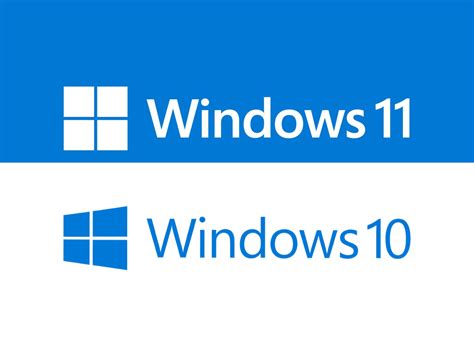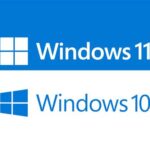Windows 10 and Windows 11 are designed to be efficient and fast operating systems, but over time, they can slow down due to various factors such as system clutter, outdated hardware, or unnecessary software. If you’re experiencing lag or your system isn’t as quick as it used to be, don’t worry. This guide provides actionable steps to speed up your Windows 10/11 performance and get your PC running smoothly again.
Step 1: Keep Your System Updated
Both Windows 10 and 11 are regularly updated by Microsoft to improve performance, add features, and enhance security. Ensuring your system is up to date is the first step in maintaining optimal performance.
- Action: Check for updates regularly by going to Settings > Update & Security > Windows Update and click on Check for updates.
Step 2: Optimize Startup Programs
Many programs are configured to start automatically when your computer boots, which can significantly slow down startup times.
- Action: Press Ctrl+Shift+Esc to open the Task Manager and switch to the Startup tab. Disable any applications you don’t need at startup.
Step 3: Increase Your Storage Space
Running out of space on your hard drive can slow down your system. Cleaning up unnecessary files and apps can free up space and improve performance.
- Action: Use the Storage Sense feature by going to Settings > System > Storage. Turn on Storage Sense, and configure it to automatically delete temporary files and unnecessary system files.
Step 4: Optimize Your Drive
Over time, files on your hard drive can become fragmented, leading to slower performance. Defragmenting your drive can help.
- Action for HDDs: Open the Optimize Drives tool by searching for it in the Start menu, select your drive, and click Optimize. Note: If you’re using an SSD, Windows automatically takes care of optimization, so manual defragmentation isn’t necessary.
Step 5: Adjust Visual Effects
Windows 10/11 offers various visual effects that can impact system performance on older or less powerful hardware.
- Action: Go to System Properties > Advanced system settings > Settings (under Performance). Choose Adjust for best performance or manually select which visual effects to keep.
Step 6: Manage Power Plan
Adjusting your power plan can help improve performance, especially if you’re using a laptop and not running on battery.
- Action: Go to Control Panel > Hardware and Sound > Power Options and select High performance or Balanced based on your needs.
Step 7: Check for Malware
Malware can significantly slow down your PC by running malicious processes in the background.
- Action: Use Windows Security to run a full scan of your system. Go to Settings > Update & Security > Windows Security > Virus & threat protection and click on Quick scan.
Step 8: Upgrade Your Hardware
If your system is still slow after performing the above steps, it might be time to consider upgrading your hardware.
- RAM Upgrade: Adding more RAM can significantly improve performance, especially if you frequently use memory-intensive applications.
- SSD Upgrade: Upgrading from an HDD to an SSD can dramatically speed up boot times and application loading times.
Conclusion
By following these steps, you can improve the speed and efficiency of your Windows 10/11 system. Regular maintenance, such as keeping your system updated, optimizing startup programs, and managing storage space, can keep your PC running smoothly for years to come. Additionally, considering hardware upgrades like adding more RAM or switching to an SSD can provide a significant performance boost for older systems. Remember, a well-maintained PC is a fast PC.




